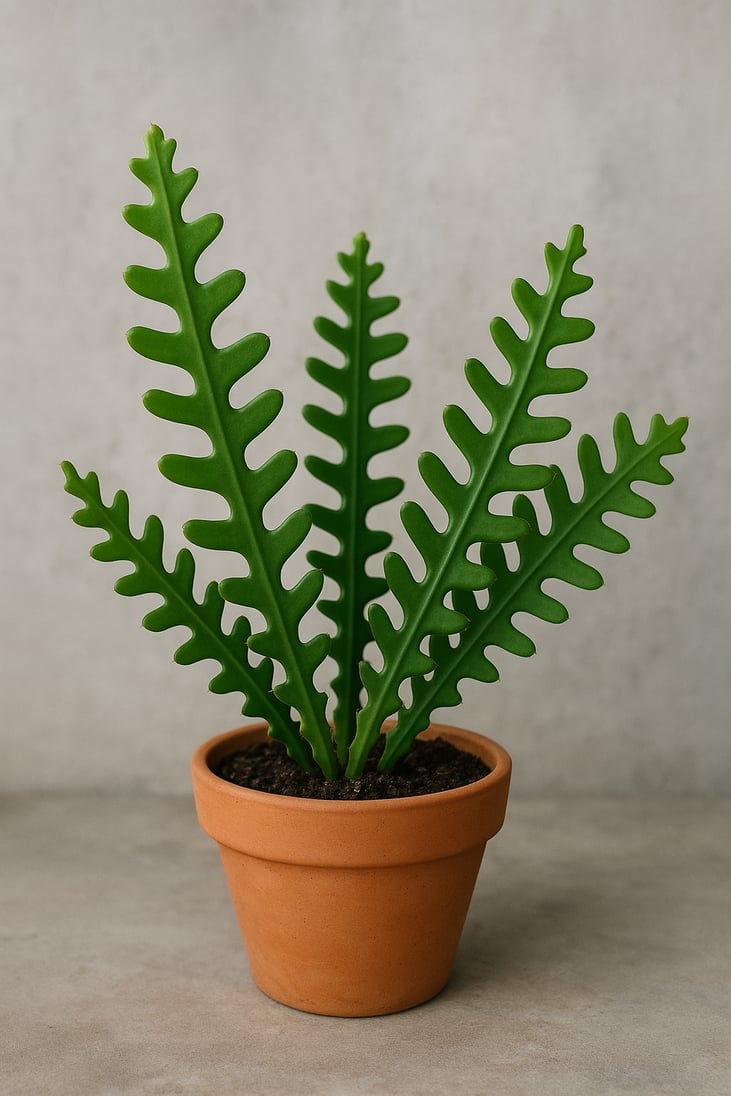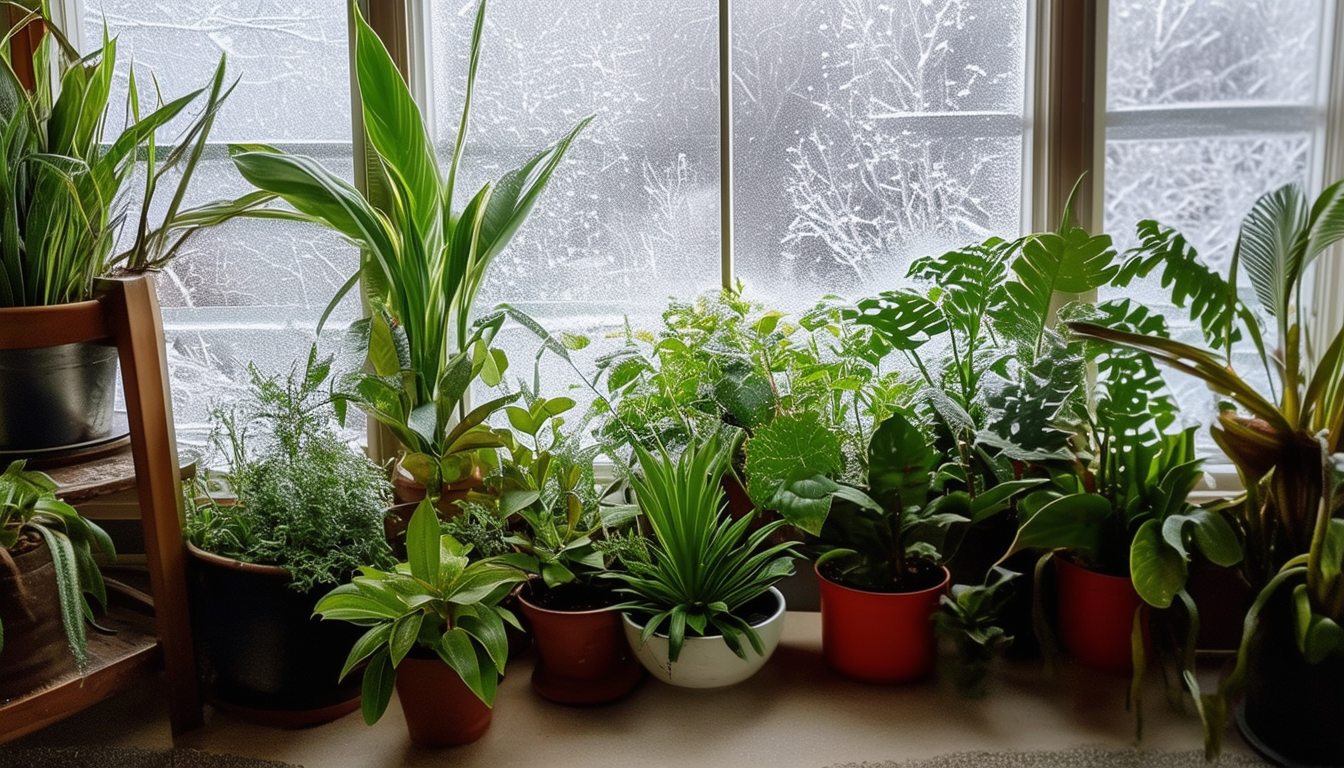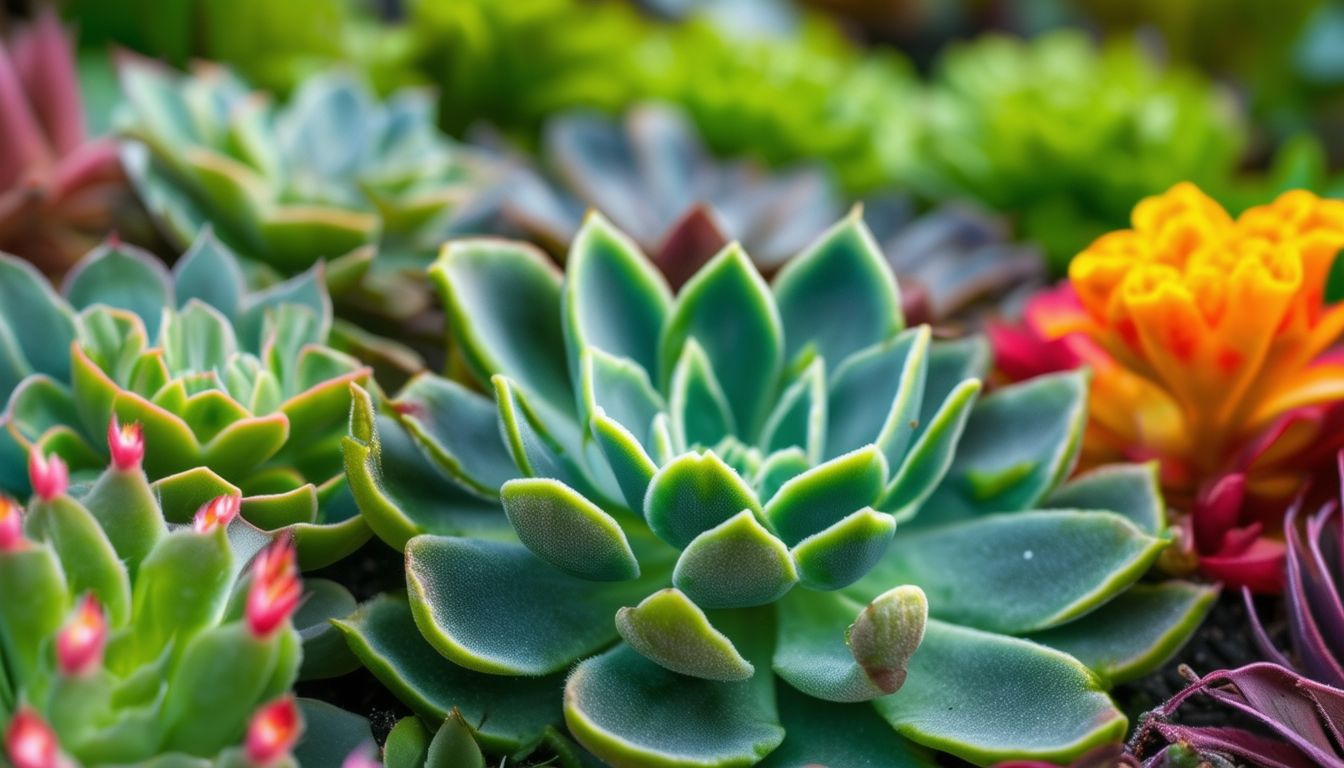
Discover the secrets to keeping your Fishbone Cactus healthy and thriving with our comprehensive care guide.
Intro - Understanding the Unique Characteristics of the Fishbone Cactus
The Fishbone Cactus, also known as Epiphyllum anguliger, is a unique and visually striking plant. Its most distinctive feature is its zigzag-shaped stems, which resemble a fishbone, hence the name. Originating from the tropical rainforests of Mexico, this cactus thrives in conditions that mimic its native habitat.
Unlike many other cacti, the Fishbone Cactus prefers a more humid environment and indirect light. It's also known for its stunning nocturnal blooms, which can add a splash of color to your indoor garden. Understanding these unique characteristics will help you provide the best care for your Fishbone Cactus.
5 Step Guide to enoucage Fishbone Cactus Blooms
-
Mimic Natural Conditions: Since the Fishbone Cactus originates from tropical rainforests, it thrives in environments that replicate these conditions. Ensure your plant receives bright, indirect light and maintain a humidity level of around 50-60%.
-
Temperature Control: Keep your cactus in a temperature range of 60-77°F (15-25°C). Avoid exposing it to cold drafts or temperatures below 50°F (10°C), as this can hinder blooming.
-
Watering Routine: During the growing season, water your cactus when the top inch of soil feels dry. Reduce watering in the winter months to encourage the plant to enter a dormant phase, which is crucial for flower development.
-
Feeding Schedule: Use a balanced, water-soluble fertilizer every 4-6 weeks during the growing season. This will provide the necessary nutrients to support healthy growth and flowering.
-
Encourage Dormancy: To trigger blooming, allow your cactus to experience a period of cooler temperatures and reduced watering in the winter. This mimics the natural cycle of the plant and encourages it to produce flowers in late summer to early autumn.
By following these guidelines, you can enjoy the breathtaking sight of your Fishbone Cactus's nocturnal blooms, adding a touch of exotic beauty to your indoor garden.'
Notes for Different Climates and Hardiness Zones
The Fishbone Cactus is hardy in USDA zones 10-11 and can be grown outdoors in these regions. In the United Kingdom, it is best grown as a houseplant. It prefers temperatures between 60-77°F (15-25°C) and should be protected from frost.
Best Food, Lighting & Growing Conditions
The Fishbone Cactus thrives in bright, indirect light. Too much direct sunlight can cause the stems to burn, while too little light can result in poor growth. A balanced, water-soluble fertilizer is ideal for feeding your cactus every 4-6 weeks during the growing season.
When it comes to soil, a well-draining mix is essential to prevent root rot. You can use a commercial cactus mix or create your own blend with orchid bark, perlite, and peat moss. Maintain a humidity level of around 50-60% to mimic its natural tropical environment.
Common pests & diseases
The Fishbone Cactus can be susceptible to pests such as spider mites, mealybugs, and scale insects. Regularly inspect your plant and treat any infestations with insecticidal soap or neem oil.
Overwatering can lead to root rot and fungal infections. Ensure your pot has proper drainage and avoid letting the plant sit in water. If you notice any signs of disease, such as discolored or soft stems, take immediate action to remedy the issue.
Height, Spread, & Flowering Time
The Fishbone Cactus can grow up to 12-18 inches in height and can spread over 2-3 feet. It typically blooms in late summer to early autumn, producing beautiful, fragrant flowers that open at night and last for a short period.
Best Varieties & Why
Some popular varieties of the Fishbone Cactus include the standard Epiphyllum anguliger and the Epiphyllum 'Curly Locks,' which has even more pronounced zigzag stems. These varieties are favored for their unique appearance and relatively easy care requirements.
10 Frequently Asked Questions on Fishbone Cactus
1. **How often should I water my Fishbone Cactus?** Water when the top inch of soil is dry.
2. **Can I grow a Fishbone Cactus outdoors?** Yes, in USDA zones 10-11.
3. **What kind of light does it need?** Bright, indirect light.
4. **Is the Fishbone Cactus toxic to pets?** No, it is non-toxic to cats and dogs.
5. **How do I increase humidity for my cactus?** Use a humidity tray or room humidifier.
6. **When does it bloom?** Late summer to early autumn.
7. **What kind of soil is best?** A well-draining cactus mix.
8. **How can I propagate my Fishbone Cactus?** Through stem cuttings.
9. **What pests should I watch out for?** Spider mites, mealybugs, and scale insects.
10. **How often should I fertilize?** Every 4-6 weeks during the growing season.



